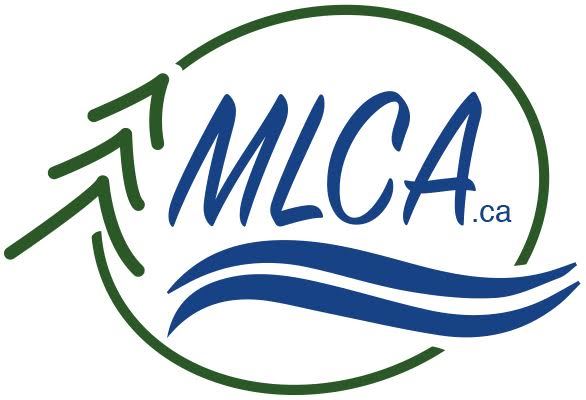.... |
Clarity & Phosphorus
Your Association is continuing to address Lake Stewardship, as an important issue. Maintaining and even improving the recreational/swimming quality of our lake is beneficial to our enjoyment and retaining the value of our investment. The state of health of a lake can be measured by testing the clarity of the lake using Secchi Disc readings, testing the Phosphorus levels and by obtaining samples of the water for bacterial contamination. Our volunteers are doing all three. Clarity is just one of the many water quality indicators. Several different factors can control the water clarity in lakes. The growth of algae is the most commonly recognized influence. More nutrients in the lake (especially phosphorus) will promote algal growth, and hence reduce water clarity. Some algae is good because it oxygenates the water. Too much is not good because it contributes to turbidity, slime on rocks and a decrease of fish population. In many lakes, as in the case of Manitouwabing, it is common to have water clarity reduced by naturally dissolved organic carbon (DOC) that gives lakes a "tea-stained" appearance. The real value in obtaining yearly readings is in the monitoring over many years to determine if water clarity is improving or degrading. We have been taking Secchi Disc readings for many years now as part of the Ministry of Environment's Lake Partner Program. Between 1997 and 2001 we had fairly constant readings from 2.1 to 3.1 metres at the west end of the lake which was the only part officially tested. In the past 11 years we have had up to six volunteers and have been able to cover a greater area of Manitouwabing Lake including Robinson Lake. The readings have been in the range of 1.4 to 3.1 metres. Based on Secchi Disc readings our lake would be classified eutrophic (enriched with higher levels of nutrients), but this is mostly due to the tea colour caused by the higher tannin content of our lake which results from organic matter being washed into the lake from swamps, tree foliage and run off from construction sites and excessively cleared shoreline. The Association's volunteers are continuing to take Secchi Disc readings from May to September. Readings vary somewhat throughout the summer, but are stable overall and average about two metres. Phosphorus Levels Concerns that relate to the nutrient status of lakes are best addressed through the annual collection of total phosphorus (TP) data. In 2000 the phosphorus level at the west end of the lake was at 4ug/L which classified the lake as "Oligotrophic" (low enrichment level) according to the Ministry of Environment, supporting that the higher tannin content of our lake gives us low clarity readings. An interpretation obtained from the Ministry of Environment in 2000 indicated that Lake Manitouwabing was a fairly healthy lake from the results of the two measured criteria [Secchi Disc and Phosphorus level]. Samples taken of from six to12 locations (depending on the number of volunteers), including Robinson Lake, since 1998 has shown on average 12ug/L, which classified the lake as "Mesotrophic" (moderately enriched with some nutrients). Over the years we had a few "spikes" in the Jones Bay/Longhorn area [37ug/L] and in the McKellar Bay area [47ug/L]. It is suspected that a reason for this could be that in shallower bays there is more decay under the ice in the winter, which uses more Oxygen and this releases the phosphorus from the sediment. There appears to be a slight trend that phosphorus levels are increasing in Lake Manitouwabing. We can control the build-up by reducing the importation of phosphorus into our lake. How? By reducing excessive tree clearing near the shore and not having a lawn right to the lake, by avoiding the use of fertilizer, preventing surface runoff from your property into the lake, repairing faulty septic beds, regularly inspecting and pumping septic tanks [every three to five years depending on usage], using low Phosphorus cleaning material, reduce the use of dish washers and laundry washing machines and protecting your septic system from too much water. Lakes with levels over 20ug/L are classified "Eutrophic" (highly enriched). At phosphorus levels of over 15 to 20ug/L, the algae levels rise and build up on boat hulls and shoreline, water starts to taste and smell bad, weed problems increase, there is more summer and winter fish kill and the general water quality decreases. A planning consultant stated at a FOCA meeting: "Municipalities have little or no scientific knowledge and their only interest is increasing the tax base until it is too late." The Lake Plan should be part of the Official Plan for a Municipality in order to control water quality, percentage natural shoreline, boating h.p., etc. It would be beneficial if members in the high result areas could become more vigilant and determine possible causes for the high Phosphorus levels. We continue sampling every spring and submit the water samples from about six different sampling sites. Results for water clarity and phosphorous can be reviewed on the Ontario Government's Lake Partner website at www.ene.gov.on.ca/environment/en/local/lake_partner_program/index.htm Note: ug/L = micrograms per Litre |

